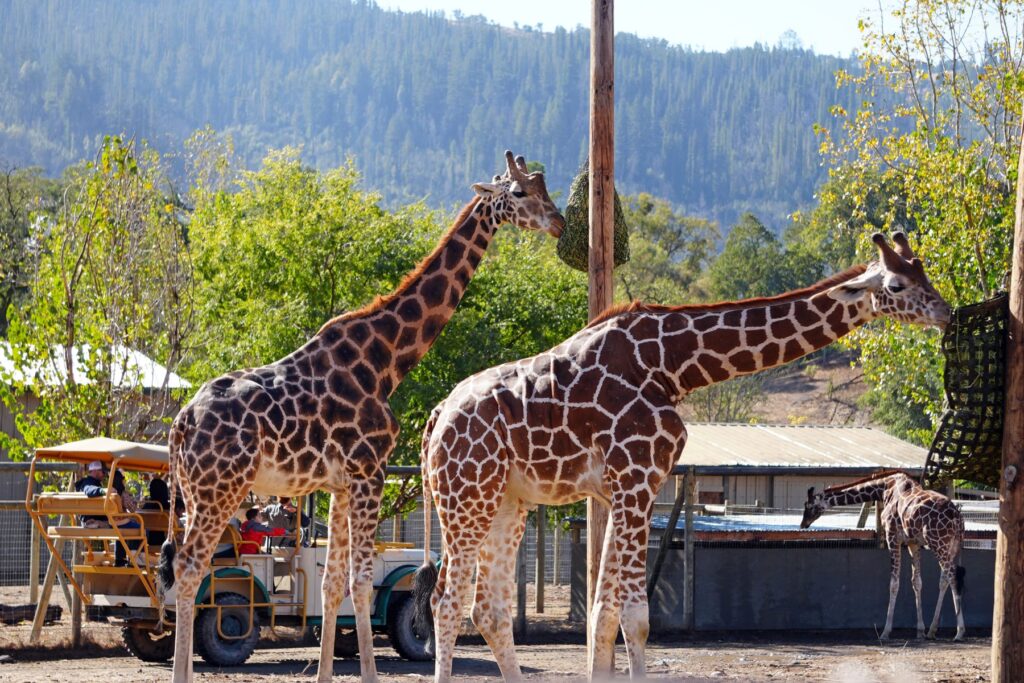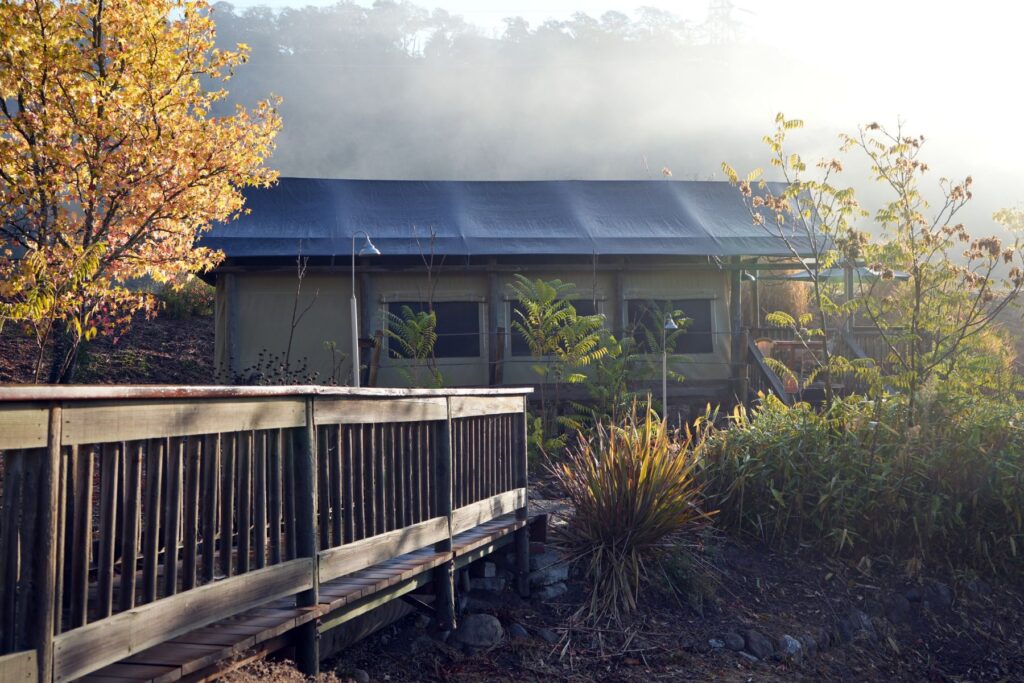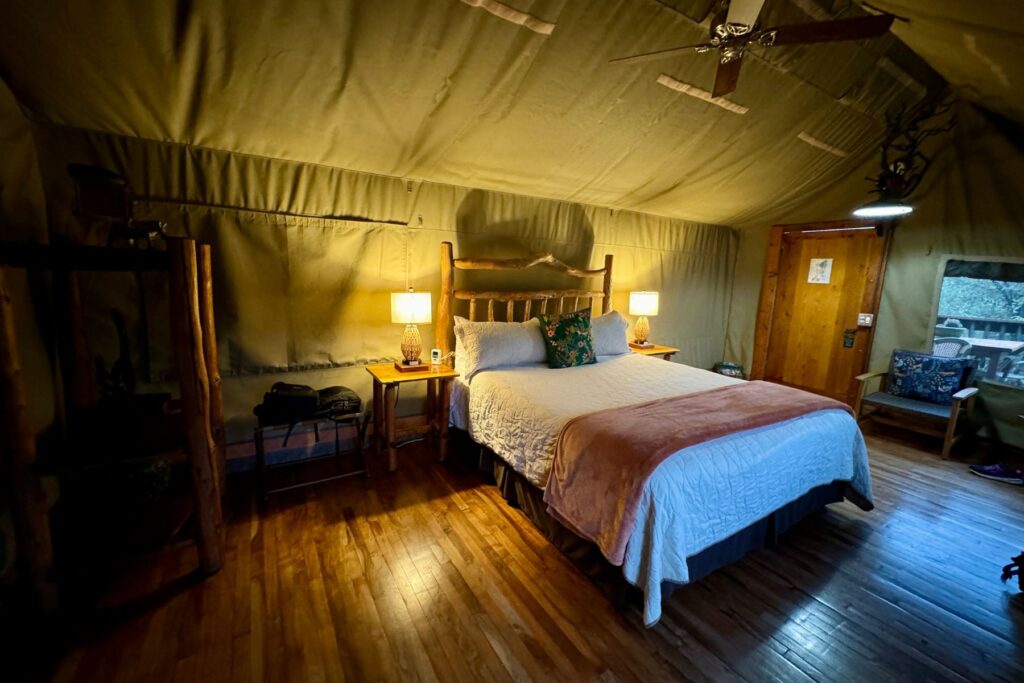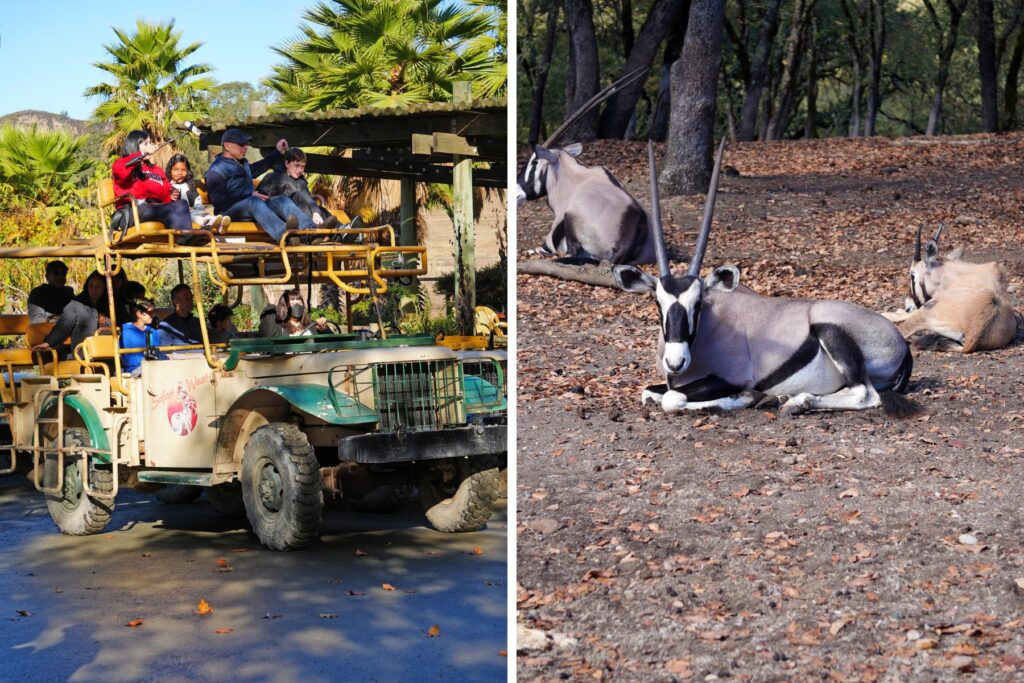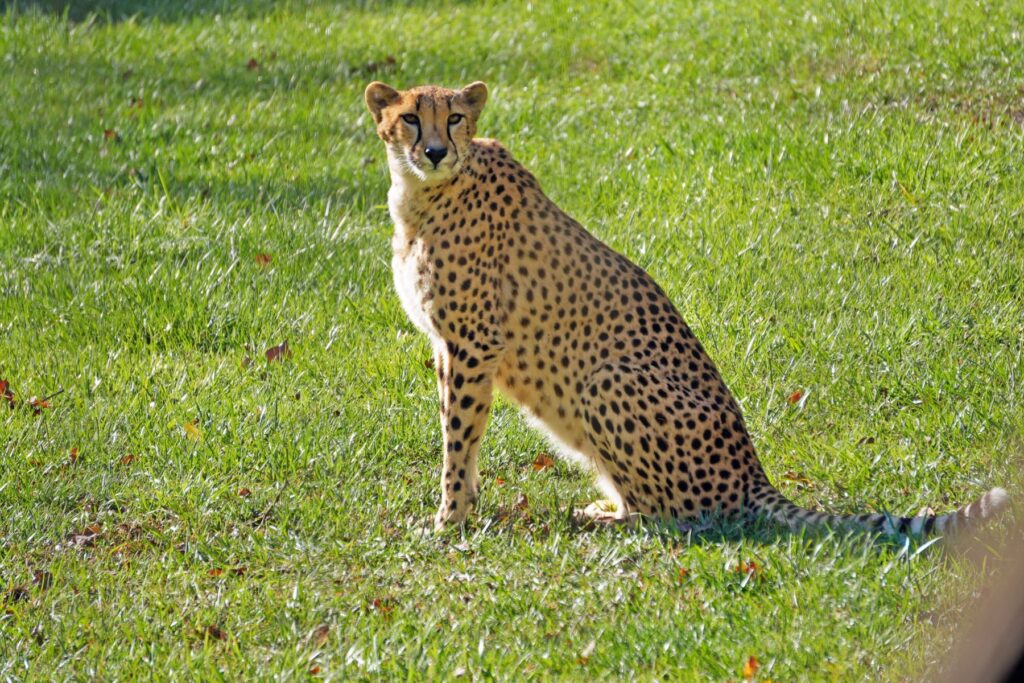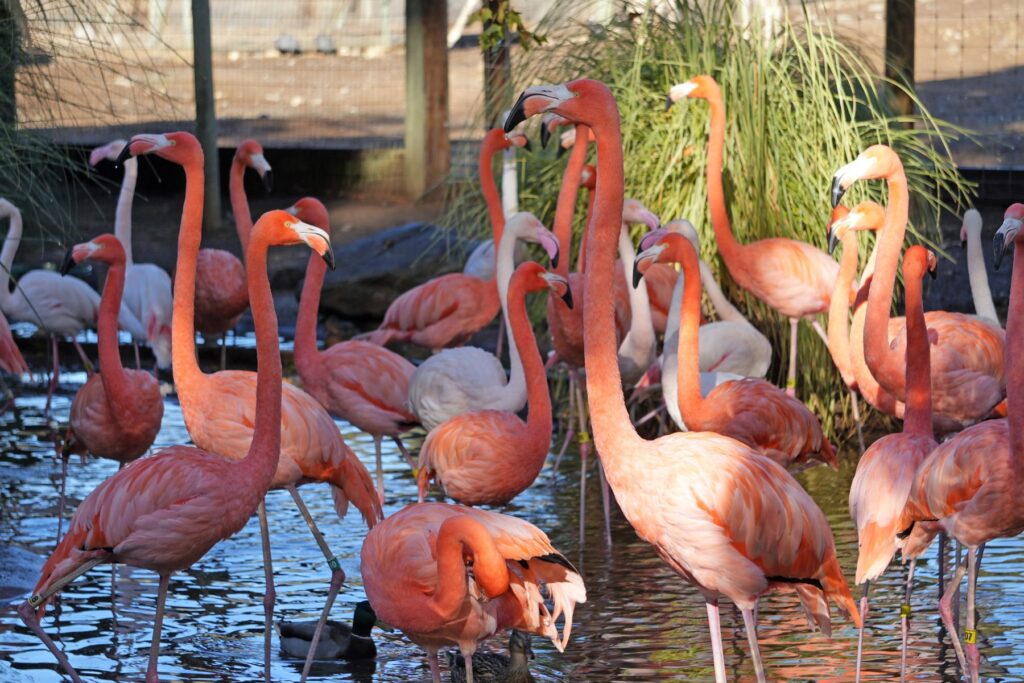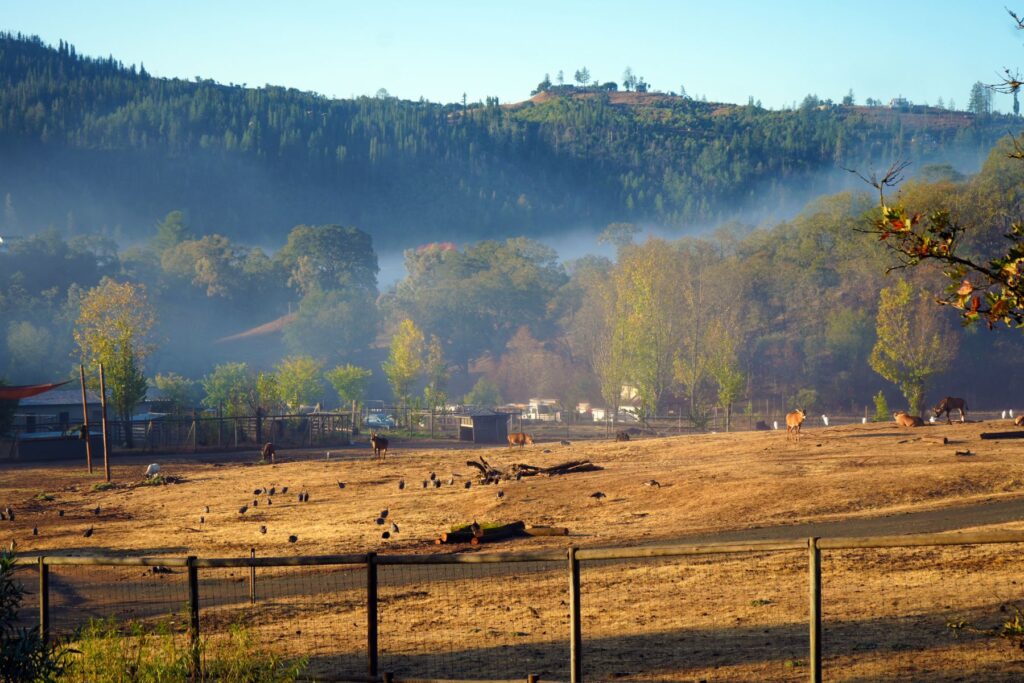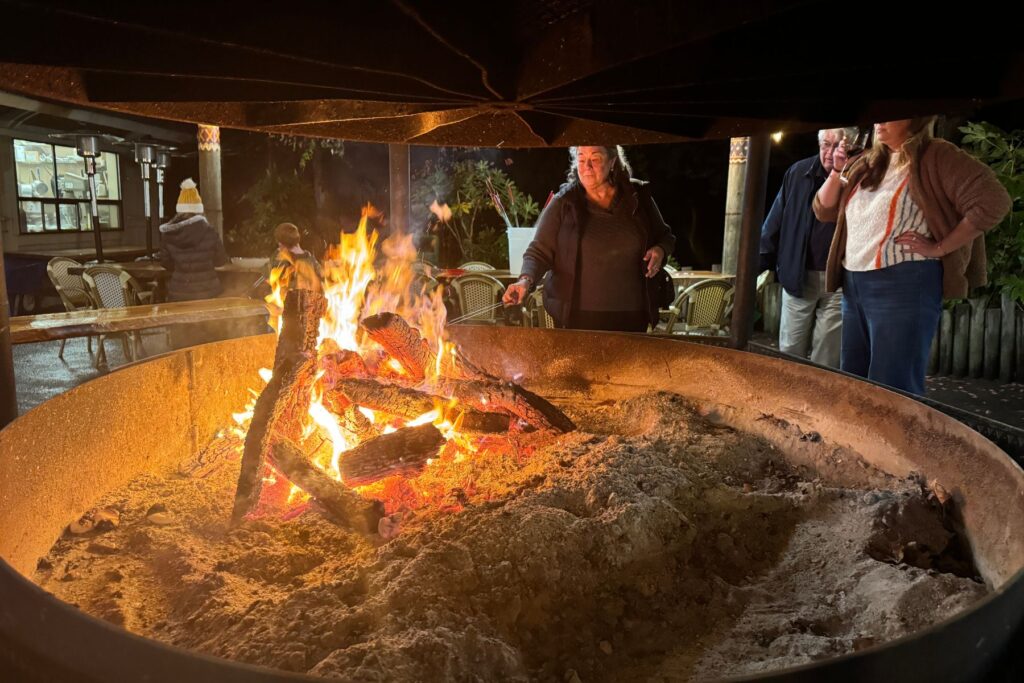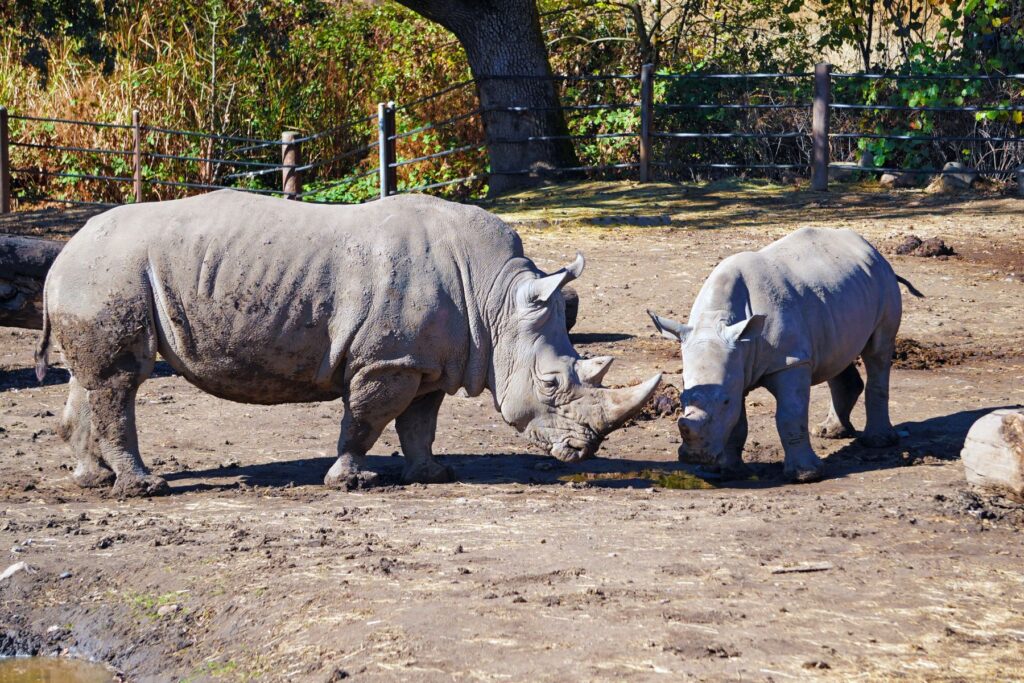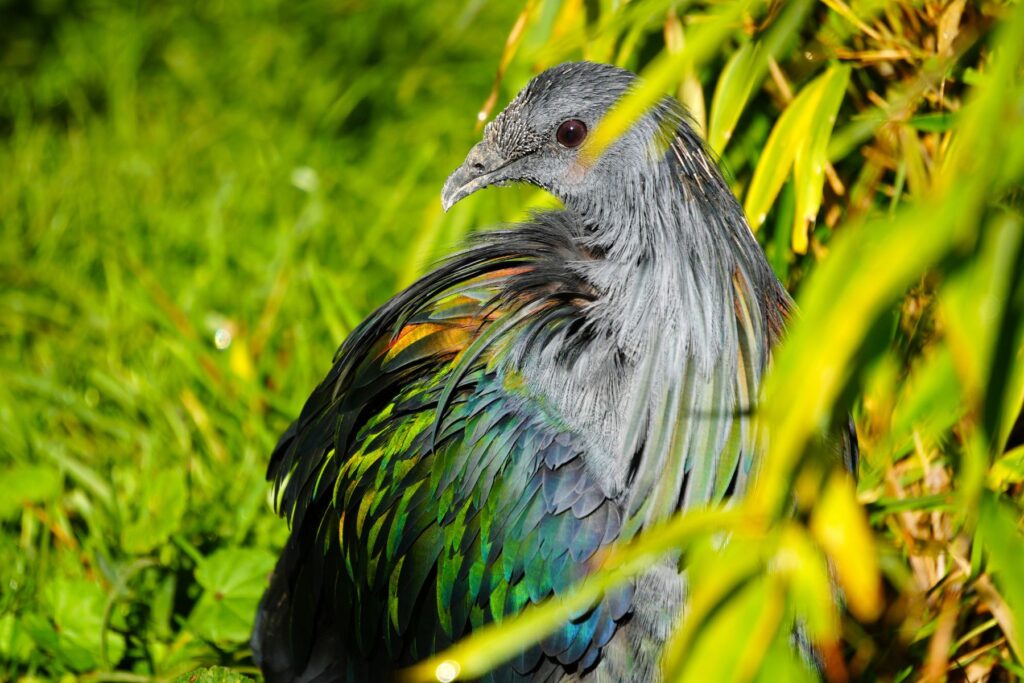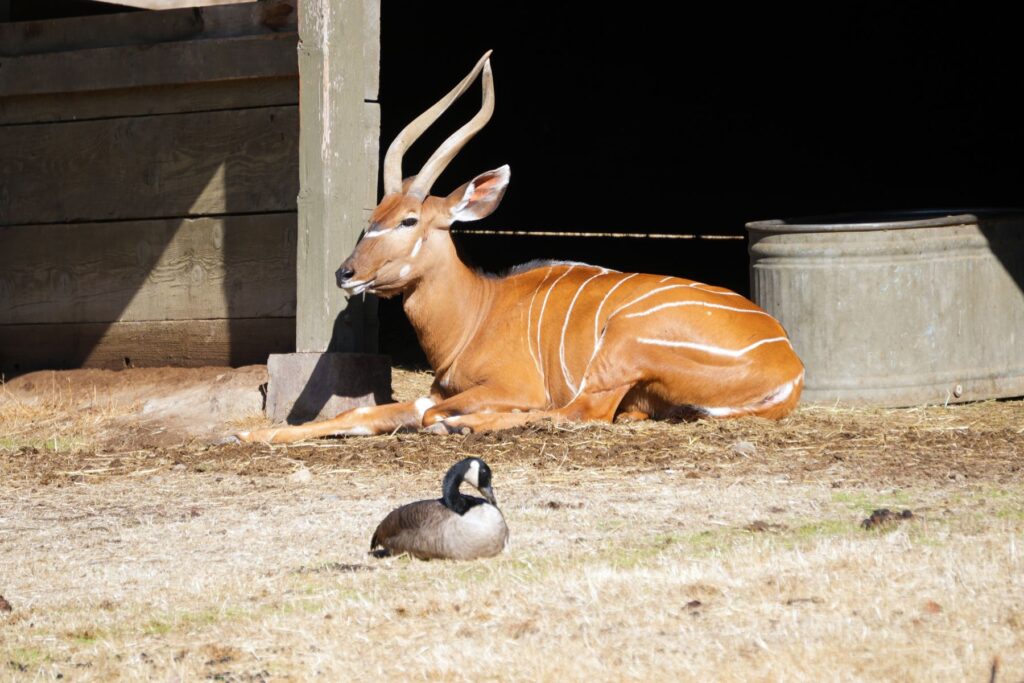
Safari West Takes Visitors Into the Wild Without Leaving California
Story by Aja Goare
Photography by Dustin Klemann
Seated in a doorless Jeep, children look on, transfixed as a 16-foot-tall giraffe lumbers around just an arm’s length away. “The lion is their only natural predator,” explains Jeff, the safari guide. “Adults get to be about 2-4,000 pounds.”
Here at Safari West in Sonoma County, just a few miles from renowned wineries and prominent restaurants, a dozen giraffes roam a portion of the property’s 400 acres. In a neighboring enclosure, cheetahs sun bathe across from Fennec foxes, a small desert creature characterized by its sizable ears. And resting just feet away from these animals is a very familiar mammal – people.
Glamping tents equipped with beds, electricity, plumbing and a patio allow human visitors to stay comfortably in the midst of exotic animals. Instead of an alarm clock, the morning chatter among flamingos serves as a wake-up call. Sharing a habitat with over 900 exotic animals from 90 different species was a dream of Owners Peter and Nancy Lang, who opened this conservation-meets-tourism initiative more than a quarter century ago. Peter, a longtime rancher, and wife Nancy, who previously employed her ornithology PhD at the San Diego Zoo, both shared a love for animals and wanted to introduce others to the wild side.
The couple met when Peter, who was working to increase the population of the often endangered species in his care, connected with the San Diego Zoo for support of the animals. Nancy was then the zoo’s lead curator and raptor specialist. They realized quickly that they were a match, both personally and professionally. After transforming the oak woodland into a wildlife preserve, the couple opened their property to the public in 1993.
The experience is both an introduction to the animals of the Serengeti region of Africa and a bit of Rest and Relaxation – well, mostly. “The Cape buffalo is the biggest killer of humans in Africa,” Jeff reveals while shuttling the group up a hilly pathway. Jeff, who has guided tours at Safari West since 2010, is replete with fascinating details about the wildlife. At the bird habitat, he shares that flamingos are pink due to their diet and later, that the roan antelope’s curved horn is designed to protect its neck from a predator’s fanged grip.
“I originally wanted to be a veterinarian,” says Jeff. “But after a month, I decided that wasn’t for me. I volunteered here, then went to South Africa to complete a guide program. Then I came back here to work.”
eff, along with other employees, were attracted to Safari West’s three goals of research, education and conservation. Through an internship program, students can join the team and participate in Ethological (animal behavior) projects that help care for the animals on site. And they believe that through guided encounters with the animals, visitors become educated about these creatures. The Safari West Wildlife Foundation sees to that end.
Learning tends to work up an appetite and the property’s dining hall is prepped to serve its guests all three meals of the day. On a particularly cold and rainy winter night, guests are treated to fireside s’mores after a hearty buffet style meal of ribs, mac and cheese, salad, and roasted vegetables. With gooey dessert in hand, families are herded into the movie room for a showing of Madagascar.
A walk back to the tent offers an unimpeded view of the starry night sky, which is impressive given that the bustling San Francisco is just 55 miles away. The animals have begun to nest and roost for the night, just as their human counterparts are now preparing to do. And for a moment, it feels like this piece of California’s backyard is smackdab in an unfamiliar land, a world away.

